In May, Gov. Gavin Newsom appointed Zoe Heller as the new head of CalRecycle. Heller is a circular economy and zero waste specialist with a distinguished career in environmental stewardship and policy leadership and a passion for environmental justice. Her career includes a decade-long stint at the U.S. Environmental Protection Agency (EPA), where her final role was as manager of the agency’s Zero Waste Section. She has been at CalRecycle for seven years and served as deputy director of the Division of Circular Economy before assuming her current role.
As head of CalRecycle, Heller’s duties include overseeing California’s recycling programs and the implementation of two massive environmental laws—SB 54, the Plastic Pollution Prevention and Packaging Producer Responsibility Act, aimed at reducing plastic waste, and SB 1383, the Short-Lived Climate Pollutants Reduction Act, focused on cutting methane emissions produced by organic waste. Her new role focuses on promoting sustainability, reducing landfill waste, and advancing environmental stewardship across the state.
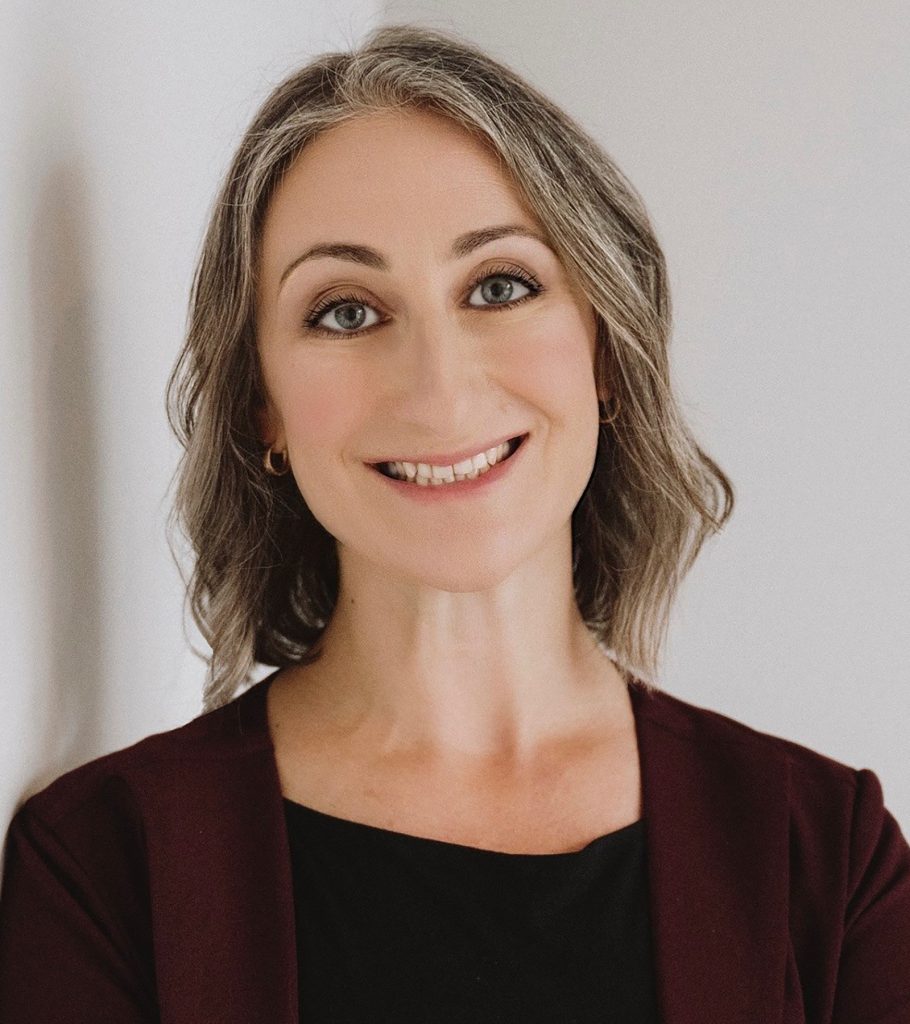
SN&R: Can you tell us a little about your background, and how you became involved in environmental work?
Heller: It goes back to my childhood. My elementary school was right next to a lumberyard that had quite a bit of truck traffic. As kids, we just thought it was cool to watch them every day. In third or fourth grade, a lot of kids in my class and I all had asthma, and it was normalized for us. We would have our inhalers on our desks, almost like a badge of honor. As I got older and learned more about environmental pollution, I understood this wasn’t normal and it wasn’t okay. I realized work needed to be done to cut pollution so that future generations didn’t go through what we went through as kids—normalizing having an illness because of exposure to pollutants.
I went to graduate school at Roosevelt University in Chicago to earn a master’s degree in public administration with an environmental management concentration and became very interested in environmental justice. That’s when I started making that link between what I experienced as a child to what I could do with a career and went to work with the EPA to start doing environmental justice work, and then to CalRecycle.
I have a five-year old at home, so I think a lot about how things will be for her. This is one thing that motivates me to work towards a waste-free future. Hopefully, ten years from now—with the implementation of SB 54 and SB 1383—California is going to look different than it looks today in a very exciting, positive way. We’re driving towards a waste-free future.
SN&R: COVID and other factors have affected the rollout of SB 1383, which mandates the removal of food waste from landfills and the recovery and re-distribution of edible food. In June 2023, the Little Hoover Commission suggested rethinking food recovery provisions, developing different regulations for rural counties, and even pausing all SB 1383 proposals. Can you provide an update on SB 1383?
Heller: California can’t afford a pause on SB 1383. It’s so incredibly important to our climate pollution fight that we have to keep moving forward and keep making progress. The methane produced by organics rotting in landfills has 84 times more heat-trapping power than carbon dioxide, so we have this opportunity to keep this material out of landfills and immediately cut climate pollution.
We continue to make progress every day. About 76% of our cities and counties in California have food and yard waste collection, which is great, and they’ve developed replicable models that can be shared to help other communities. We provided a significant amount of funding to cities and counties to support their progress and help them achieve their 1383 goals.
We’re also doing really well on the unsold food recovery front. Pretty much every city or county in California has an unsold food recovery program in place, and they reported rescuing 203 thousand tons of food in 2022, which translates to 338 million meals. That gets us to about 87% of our food recovery goal for 2025. So we’re making progress, but we still have work to do.
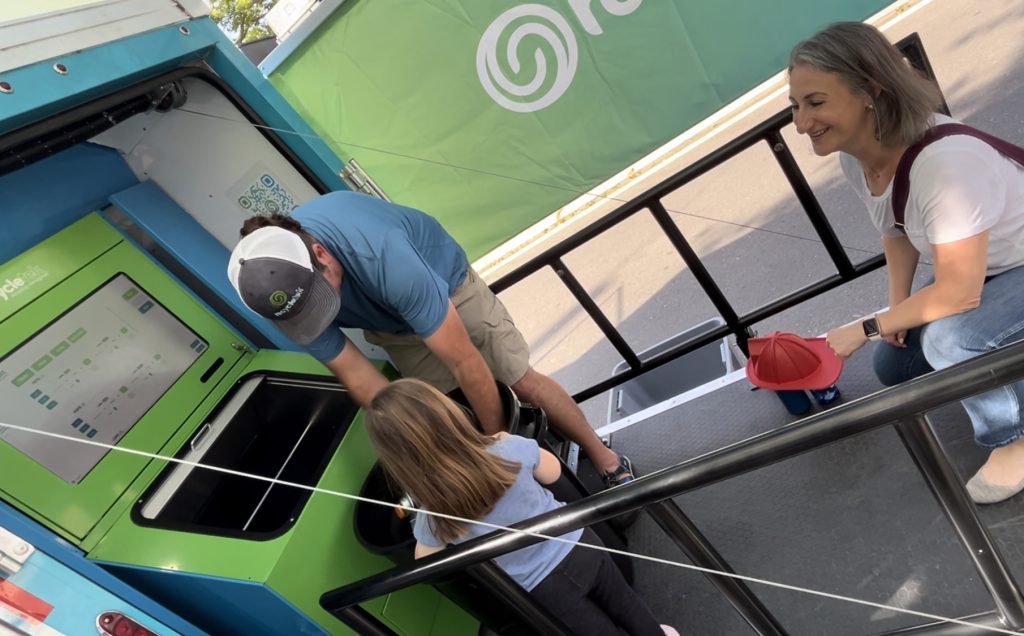
SN&R: Some rural counties have said it’s not economically feasible for them to meet some of SB 1383’s requirements, and that they need certain exemptions and alternative plans that work for them. Any thoughts on rural county exemptions?
Heller: CalRecycle granted 146 rural exemptions, low population and high elevation waivers from SB 1383 collection requirements, and I know there’s some active legislation out there to further address those concerns.
SN&R: On the food recovery aspect, some of the smaller entities (known as Tier 2 generators in SB 1383 lingo) have expressed it’s not cost-effective to quickly get edible food to food recovery organizations that redistribute it to those who need it, and that the system requires some rethinking. What are your thoughts?
Heller: To address climate change quickly, we have to stop throwing away food. Hunger is a real issue, and we want any food generated to go towards its highest and best use, which is to feed people. It’s important to understand that our regulations are designed to achieve these really important goals.
We gave food businesses that have more prepared food two extra phase-in years to find ways to get that prepared food to people in need while it’s still fresh. To overcome this, many food businesses now use technology that quickly matches food donors to food rescue nonprofits to get unsold prepared food to people in need more swiftly. We also provided grants to cities and counties this year to help and we also assist with tools, resources and recorded webinars that connect local governments, food businesses and food rescue groups to share best practices. We are working with them to get them there.
SN&R: SB 54 is a landmark bill aimed at reducing plastic waste, requiring the plastic industry to contribute $500 million annually to mitigate environmental damage, especially in vulnerable communities. With a January 1 deadline approaching for proposed regulations, where is CalRecycle in the rollout process, and what challenges remain?
Heller: SB 54 is huge and precedent setting. There are aggressive rates and dates in the law, like with SB 1383, and they’re incredibly important to drive us towards circularity and waste reduction and to be able to scale up community-based reuse systems. With California being the fifth largest economy in the world, SB 54 is going to change the way the world treats plastic and packaging products.
Right now, we’re in the formal rule-making process, and are working hard at addressing the first round of comments that have come in—which are in the thousands. We will be incorporating those comments into our next round of regulations that we’ll be getting out soon.
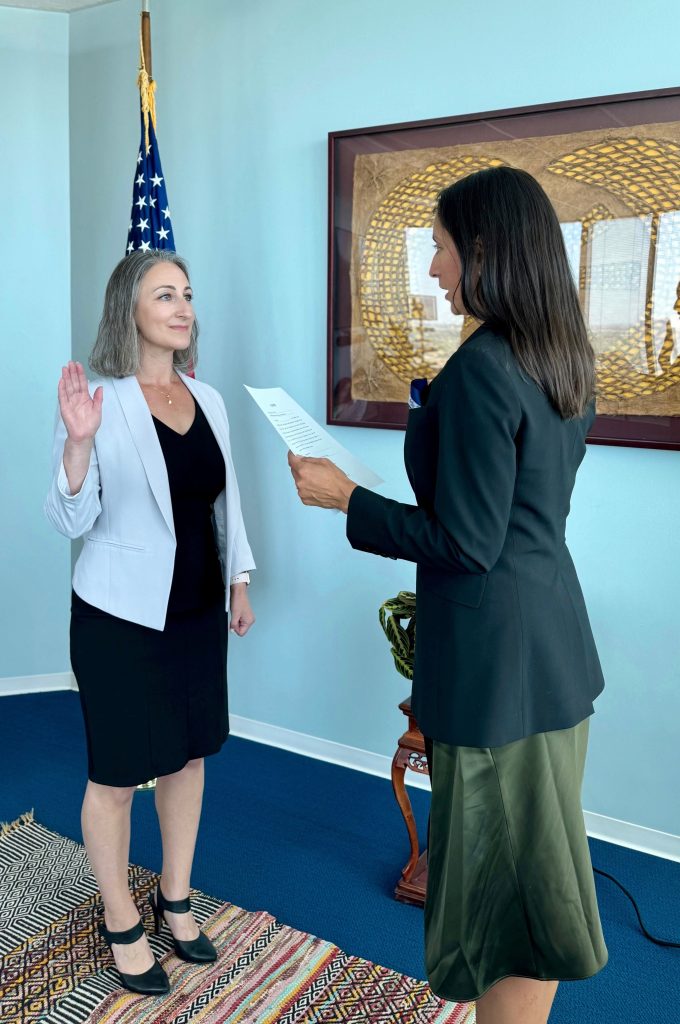
There’s so much opportunity within SB 54, and we are on track to deliver the change that’s needed.
SN&R: While many recycling laws and efforts focus on consumers, SB 54 calls for major changes in the manufacturing of plastics, which has a much greater potential impact. Can you talk a little about that?
Heller: SB 54 is a producer responsibility law and will require producers to redesign packaging and products, which is critical in achieving circularity for these products. When I consider SB 54 and other laws CalRecycle is implementing, it’s about going back to basics with how we think about packaging. California lacks large-scaled reuse models currently, but we’ve succeeded before. The extended producer responsibility model will focus on producers, from packaging redesign to facilitating reuse, aiming for a simpler, more efficient experience with these products for Californians.
SN&R: As the former CalRecycle Deputy Director for Circular Economy, you have seen the introduction of many recycling and reuse programs. Does it make sense to streamline communication across these programs, providing consumers with a simple guide to recycling and reuse? Is it time to enhance collaboration among the various CalRecycle programs?
Heller: Absolutely. We have all of these new programs coming online in the last few years. We’ve been talking about SB 54, but we also have battery extended producer responsibility, we have an expansion of our e-waste program to include battery-embedded products like most cell phones, we have reforms to our beverage container recycling program. You shouldn’t have to go through a 1000-page handbook to identify where each product needs to go next, so one thing that the department is embarking on right now is this Zero Waste Plan. A major objective with that plan is to look at the gaps across our programs and look for opportunities to harmonize those programs. I’ve mentioned the goal of having a waste-free future, and part of that is going to mean that you don’t have to do so much thinking about where everything goes. Instead, it just becomes natural behavior because the system has been designed to support that.
We have iRecycleSmart.com with a lot of information around recycling, including food and yard waste. Every city and county in California has their own program, and they accept different things in their recycling bins. So, we built iRecycleSmart.com to offer general guidelines for recycling and create a one-stop-shop to look up your local recycling rules. To the extent that we can harmonize, I think that’s a benefit to Californians and to us achieving our goals.
SN&R: Conversations about CalRecycle are often focused on rules and individual programs, but that leaves out the agency’s vision and why it’s so critical, and ancillary benefits like environmental jobs that are being created. Can you speak to that?
Heller: There are economic and social benefits to moving away from landfilling materials and the successful implementation of these programs, from job creation to creating better systems that remove the negative impacts of mismanaging our trash. We’re driving towards circularity and waste reduction for everything and the benefits are significant. We’ll be quantifying some of that in our Zero Waste Plan, so we can better see that potential and tap into it.
SN&R: Environmental and industry groups have praised your willingness to listen and adjust programs based on feedback. Can you discuss your views on transparency and the importance of receiving key information from stakeholders?
Heller: We’re at this critical point right now with developing new regulations, implementing all of these programs and building new programs, where it’s going to take all of us to get it right. Without that transparent interaction with Californians and various interested parties, we’re not going to be successful. We need to do this together.
At CalRecycle we have a staff of about 900 mission-driven individuals with all different kinds of expertise. I take a collaborative leadership approach with our team, where we work together to identify problems and find solutions. I encourage our team to do the same with other interested parties, too. Collaboration and transparency are important to us achieving our goals. And we’re not going to do it without partnering with all those who are impacted and all those that are engaged. The problems of trash polluting our state and heating our climate are big, but we can create a healthier future for our children if we all work together.

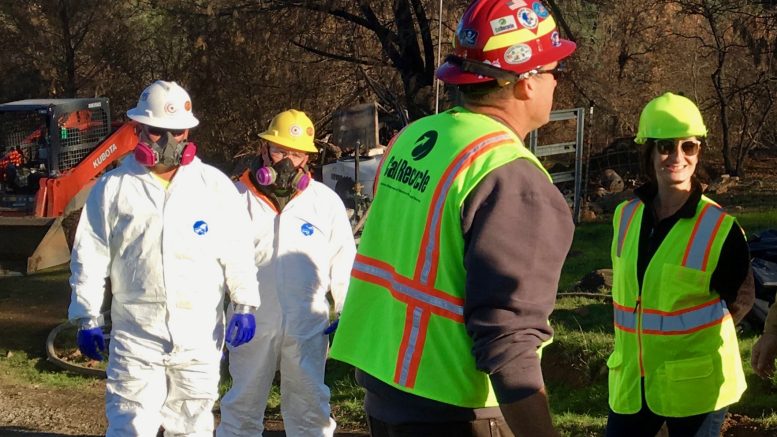
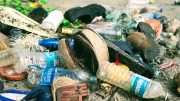
Be the first to comment on "CalRecycle’s leader, Zoe Heller, on battling plastic pollution and working for a cleaner climate"